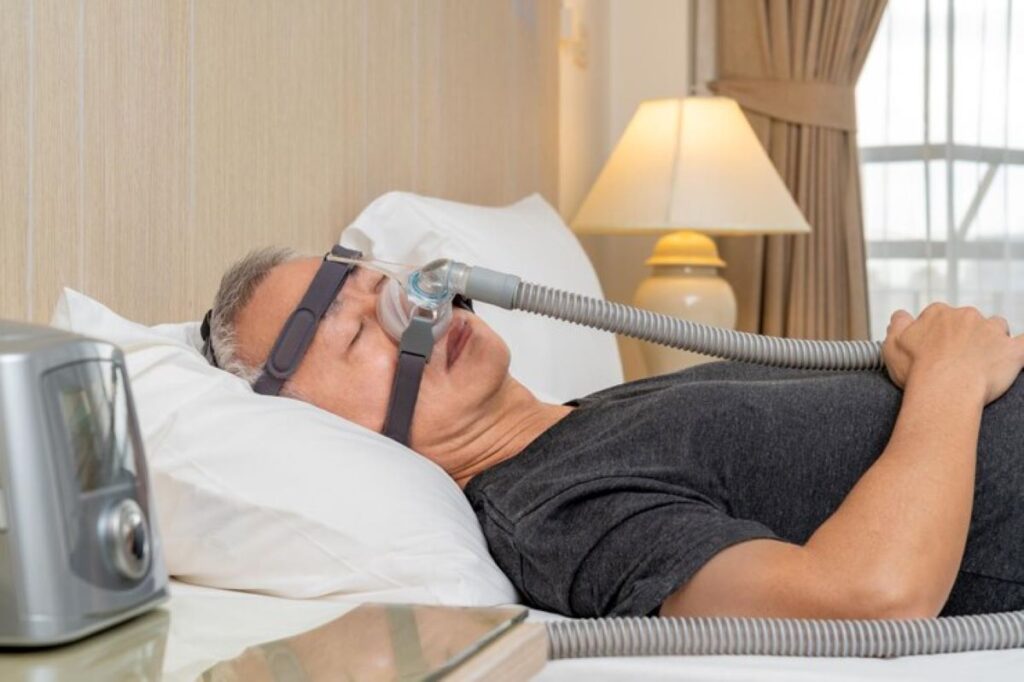
+
Year Of Experience
+
Happy Clients

Blog
CPAP Machine Australia: Affordable Options for Effective Therapy
What Are CPAP Machines and How Do They Help Sleep Apnea? CPAP machines are the…
Buy CPAP Machine Online: A Step-by-Step Guide for First-Time Buyers
What Is a CPAP Machine and How Does It Help with Sleep Apnea? Continuous Positive…
Accessing Quality Care Through Occupational Therapy Sydney Providers
Occupational therapy (OT) is a vital healthcare profession that focuses on helping individuals achieve independence…
What Families Should Know About NDIS Occupational Therapy
Occupational therapy (OT) plays a vital role in supporting individuals with disabilities to lead fulfilling…
Custom Vision: How Personalized LASIK Is Redefining Eye Surgery
Introduction: A Clearer Tomorrow Starts with Today Imagine seeing the world not just clearly—but clearly…
Is the SMILE Eye Surgery Sydney Cost Justified by Its Long-Term Results?
In recent years, the popularity of laser eye surgeries has surged, with SMILE (Small Incision…
The remedies I found on this site have truly transformed my approach to health. I feel empowered and more in control of my well-being.
Well Made Remedies has been my go-to resource for natural health tips. It’s a lifesaver for someone like me who prefers holistic solutions.









